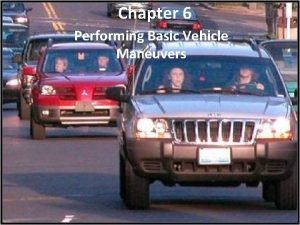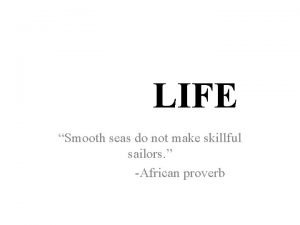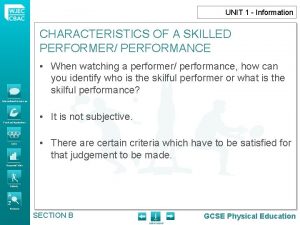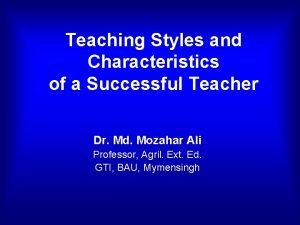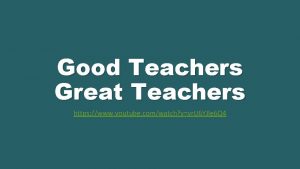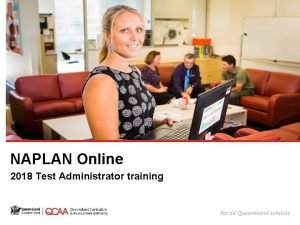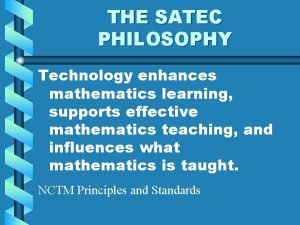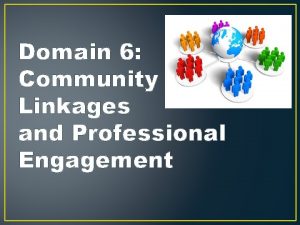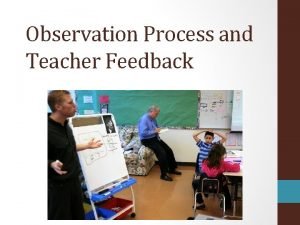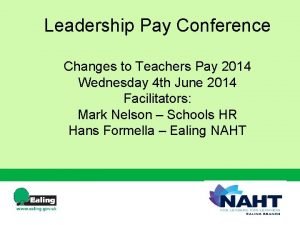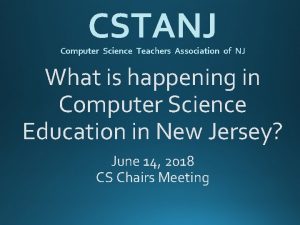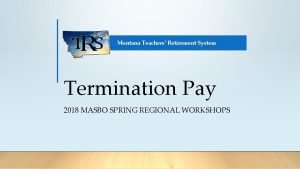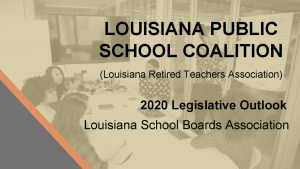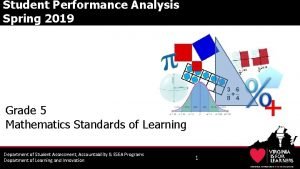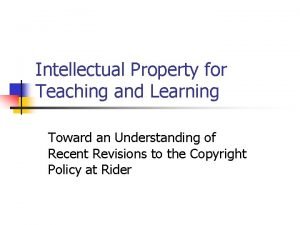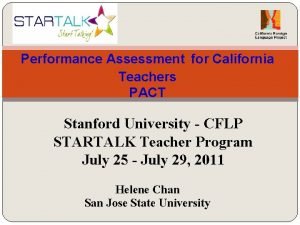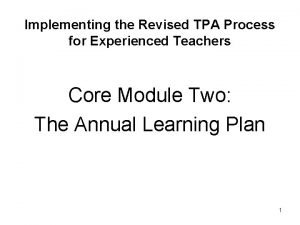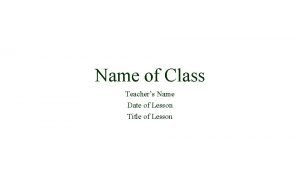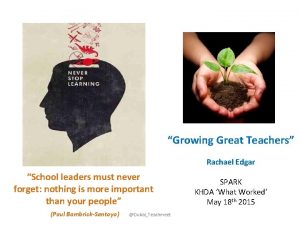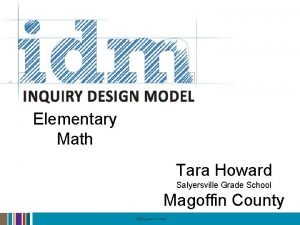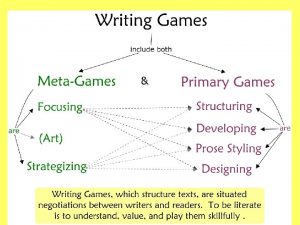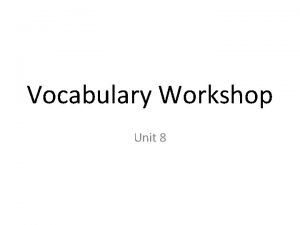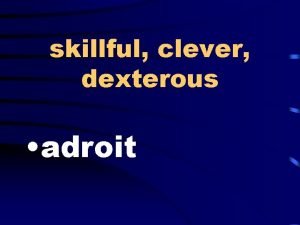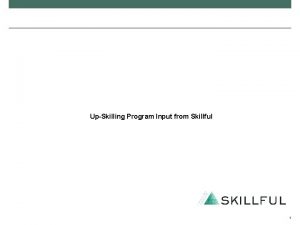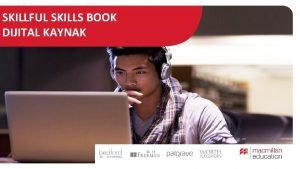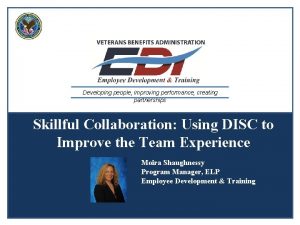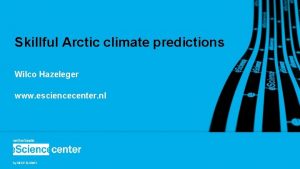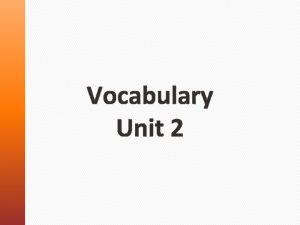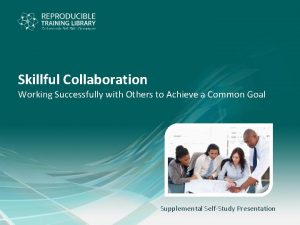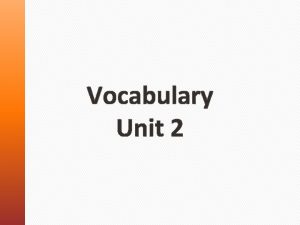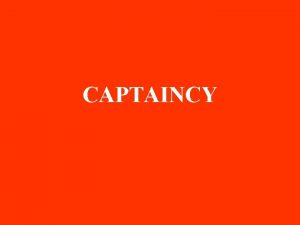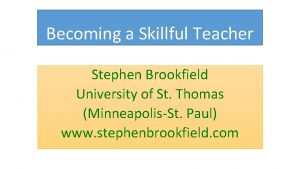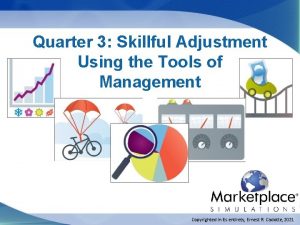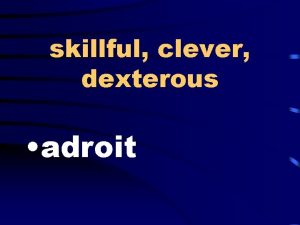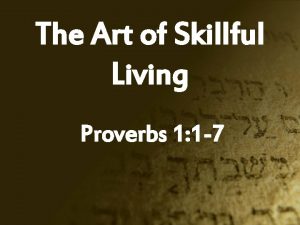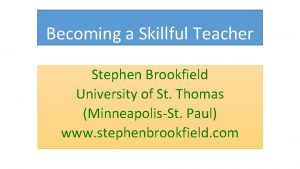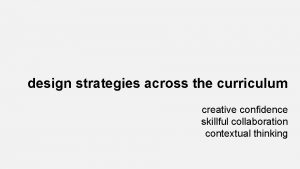Effective Skillful Teachers Effective Teachers are w Some




































- Slides: 36

Effective & Skillful Teachers


Effective Teachers are… w Some may be born to BECOME teacher, but w No one is BORN A teacher

It is most important that a teacher has high levels of Knowledge 2. Skills in teaching 3. Positive values, attitudes 1.

Aim Curriculum design objectives Assessment learning Relationship p. of climate teaching method learning Attraction class Intuition discipline

The Teacher needs to… Recognise the need to differentiate Manage a differentiated classroom Use a range of differentiation strategies Identify and understand student needs Identify key concepts, skills and principles Create a classroom environment that respects difference (Adapted from Carol Ann Tomlinson, 2011)

2. Teacher 3. Classroom 4. Reflection 1. Concept Differentiation

In the Classroom Variety of Instructional Strategies Respectful Activities Variety of Resources Variety of Products On-going Assessment Variety of Question Types

One hallmark of effective teachers is that they create a positive atmosphere in their classrooms and schools.

Behavior Management Cycle 3. Take corrective action 1. Set and reinforce expectations 2. Use positive narration When you’re narrating student behaviors, it’s not about giving verbal praise every time students make eye contact or put their work in the right place.

Deal with Difficult Students

ü What can teachers do when a student misbehaves? ü List all of the options

Responding to Misbehavior w Respond Consistently, Calmly, Briefly & Return to Instruction • Goal: pay more time & attention to positive behavior • Reduce amount of missed instructional time • Proactive Management Mentality

Guidelines to Verbal Intervention w w w When possible, use non verbal interventions first Keep verbal interventions private (if possible) Make verbal intervention brief Speak to the situation, not the person Set limits on behavior, not feelings If more than one verbal intervention fails, then it may be time to move to logical consequences.

Levels of verbal intervention Move from student controlled to teacher controlled. w The three levels include: w • Hints • Questions • Requests/demands

Hints Adjacent peer reinforcement w Calling the student by name w Using humor w

Questions w Questioning awareness of effect

Requests/demands Using positive phrasing w Using “are not for” w Reminding students of rules w Asking Glasser’s triplets what are you doing now Is it against the rule? What should you doing w Broken Record Strategy w

Verbal Intervention failed…Now what? w Use of logical consequences • Goal is to emphasize that the student must change their behavior, or consequences will be faced. • “you have a choice” • Once teacher moves to this stage, No more dialogue. Student now faces a consequence. • Punishment must fit the behavior.

Think-Pair-Share How can you try to prevent behavior issues instead of being reactive? 20

“Remember, if you can prevent the fire, you’ll never use the fire extinguisher!”

What does successful classroom management look like? Students are consistently ontask and engaged throughout the lesson w Teachers address most misbehavior quickly and efficiently with correction w Students bounce back quickly with a positive attitude and minimal to no resistance w

What is the consequence hierarchy in your school, team, or classroom?

Great Teachers Don’t

Skillful Teacher w w w w w Treating Students As Adults They Build Trust They Encourage Students to Be Reflective Learners They Build a Case for Diversity in Teaching Preparing Students for Discussion Getting Students to Participate in Discussion Mixing Student Groups Giving Helpful Evaluations mix of pedagogic approaches and learning modalities within the classroom

Reflection on your workload management w stress management w preparing for appraisal w managing your feedback from students. w

. . . It’s different for EVERYONE!! WHY? • • w Teaching Styles Personality/Attitudes Student population Not all management strategies are effective for every teacher Try different strategies to see if they work for you

Obstacles to Creativity w Organizational Impediments (12 items): • • • w internal political criticism of new ideas destructive internal competition risk avoidance overemphasis on the status quo. Workload Pressure (5 items): F ﺷﻤﺎ ﺍﺯ ﺗﻮﺟﻪ ﺑﺎﺗﺸکﺮ • unrealistic expectations for productivity

Never mind the teaching – feel the learning! Whatever sort of training we think about, or whatever sort of educational experience we consider, the one thing they all need to have in common is that they lead to effective learning. w There is no single ideal way to teach. Learning would be very boring if all teachers used exactly the same approaches. w However, whatever teaching approaches we choose to use, it’s worth stopping to think about exactly how our choices impact on our students’ learning w

Learning theory Behaviorist approaches traditional Constructivist approaches the learner afforded

Theories and models of learning The behaviorist : takes as its starting point a view that learning happens through stimulus, response and reward, in other words a conditioning process. w The stimulus is referred to as an ‘input’, and the learned behaviors as ‘outputs’. w Behaviorists approaches focus on instruction and transfer of knowledge w

Constructivist approaches focus on internalized processes of building new learning on top of existing learning, which, require exploratory approaches with the learner afforded significant autonomy to find their own understanding. w cognitive view, which focuses on perception, memory and concept formation, and on the development of people’s ability to demonstrate their understanding of what they have learned by solving problems. w constructivist approaches focus on interactive materials such as virtual patients, reflective activities such as those associated with portfolio building, and inquirybased learning such as PBL w

Deep, surface or strategic learning? Much of the discussion about learning revolves around three or four words which describe different: w surface learning w strategic learning w Deep learning w

Five factors underpinning successful learning w w w Wanting: motivation, interest, enthusiasm Needing : necessity Doing : practice, repetition, experience, trial and error Feedback: other people’s reactions, seeing the results Digesting : making sense of what has been learned

Wanting Needing Doing Feedback Digesting

What makes a good teacher? Rate the following teacher qualities in order of importance? q They are good looking. q They can control the class. q They give interesting classes. q They know their students. q They can keep control. q They prepare well. q They know their subject.
 Insidan region jh
Insidan region jh How do you steer straight forward and backward
How do you steer straight forward and backward Smooth seas don t make skillful sailors
Smooth seas don t make skillful sailors Characteristics of an unskilled performer
Characteristics of an unskilled performer Skillful adept
Skillful adept Skillful, expert in the use of the hands or mind
Skillful, expert in the use of the hands or mind Kim kroll
Kim kroll Some trust in horses
Some trust in horses Contact force
Contact force Sometimes you win some
Sometimes you win some Some say the world will end in fire some say in ice
Some say the world will end in fire some say in ice God when you choose to leave mountains unmovable
God when you choose to leave mountains unmovable Some say the world will end in fire some say in ice
Some say the world will end in fire some say in ice Ice cream countable
Ice cream countable The demonstrator style
The demonstrator style Seven habits of highly effective teachers
Seven habits of highly effective teachers Www.youtube.com
Www.youtube.com Assessform edu au
Assessform edu au Satec teachers
Satec teachers Domain 6 ppst
Domain 6 ppst Observation cycle for teachers
Observation cycle for teachers Where do most christians live
Where do most christians live School teachers pay and conditions document
School teachers pay and conditions document New jersey science teachers association
New jersey science teachers association Montana teacher retirement calculator
Montana teacher retirement calculator La retired teachers association
La retired teachers association The math department at a small school has 5 teachers
The math department at a small school has 5 teachers Right to intellectual property of teachers
Right to intellectual property of teachers Performance assessment for california teachers
Performance assessment for california teachers Annual learning plan ideas for teachers
Annual learning plan ideas for teachers Leavers poem year 2
Leavers poem year 2 Cbs wexford teachers
Cbs wexford teachers Name class teacher date
Name class teacher date My polish teacher's tie analysis
My polish teacher's tie analysis Closing prayer picture
Closing prayer picture Growing great teachers
Growing great teachers Teachers pay teachersz
Teachers pay teachersz

